I’ve been struggling to sit down and write about cinema with everything that’s going on in the world. It feels self-indulgent. It feels trite. It feels like my focus should be elsewhere. But I find these all to be far from the actual truth of the matter. Because while the world is pillaged and burned, cinema to me is my only rallying cry. It is and will continue to be how I make sense of the world. How it enhances and stretches everything around me before my very eyes in ways that feel both inevitable and entirely new.
This morning I read a post that put my mind back into the perspective it always knew but had recently been arguing against: cinema IS power.
Why do I keep fighting for this craft that promises financial ruin, this whirlpool where dreams drown? Because I believe in its power. A film can smuggle you into a stranger’s skin, let you breathe their fears, shudder through their horrors, and rise on their hopes. It’s a portal, a collision of visuals, music, and raw human truth that unveils worlds of spirit and struggle you’d never touch otherwise. Pain, conflict, joy—they’re not just plot points; they’re teachers, sculptors of the soul. A film can shift your vantage point, and vantage points are everything. -
Last night as I was dreaming up what this post might entail (if/when I did write it) I went back to a conversation I had with a dear friend who directed a short film I helped produce, write, and act in. I told her about a puzzle I’d been trying to solve for months now (subconsciously for years) it seems to me that the american films getting the widest distribution and marketing are made by people who aren’t smarter than the story they’re telling. What exactly I meant by this I didn’t know quite yet and then as with all generative conversations with a fellow creative - dots started to connect.
As we verbally prepared for the two shorts we wanted to make in the coming months, we went back to the failings we found in our first one together. In an effort to make these next two the best they can be, I told her about the two questions I’ve come to ask for all my films:
what theory is the film testing?
what is the philosophical question driving it?
In laymen’s terms, what’s the mission of the movie and what’s the deeper meaning behind it. This led to an aha moment for us both…
What was that first short trying to say?
Neither one of us had an answer. And to this day I can’t tell you. My brief description of it for you is that it was a $40k reenactment of a NYT article. Was there a “shock factor” at the end that evoked a minor emotional response? yeah. Was it beautifully shot and gorgeous to look at? yes. Did it say ANYTHING about the subject it portrayed or add to the conversation of a very real problem in this world that should be addressed - it did not.
And this is what I find the problem with most american films is - they aren’t saying anything because no one is asking the bigger questions to elevate a film from a simple reenactment of real life (or marvel universe) to a CINEMATIC EXPERIENCE.
And I think america’s inability, or at the very least its shortcoming, to ask these necessary “big picture” questions is inherent in its very foundation of "manifest destiny."
now stay with me…
if you truly believe that you are the GREATEST country on earth, if you believe your nation is in fact PARADISE FOUND, then you will no longer seek the deeper questions in life because in your eyes you have all you will ever need.
This is why american society has detached itself from any sort of reality that is on the actual pulse of what is happening in the world and has instead become a simulacrum of reality. Which is to say we experience life at a distance. It is never fully ours to grab hold of - always someone else’s experience. always up to someone else’s interpretation.
If I have subjected myself to live entirely in a bubble void of EXPERIENCING life and only have it dictated to me by those solely trying to increase their individual bank account then I will never ask for more than this. And having anything burst this bubble to where I actually have to sit and feel the life that is happening all around me - the pain, the suffering, and even the joy become unbearable because I have aestheticized myself to the point where even asking for something as simple as a boundary to be put into place in a relationship becomes too much to bear. (this is not condemnation, this is speaking from my own experience.)
This is why we have lowered our standards enough to allow for recycled IP to be regurgitated to us by aging cast members ad infinitum. A continual portrayal of america’s false sense of glory for all the world to see as if it had answers no one else could know.
In societies where modern conditions of production prevail, all of life presents itself as an immense accumulation of spectacles. Everything that was directly lived has moved away into a representation. ― Guy Debord
The spectacle is not a collection of images, but a social relation among people, mediated by images. ― Guy Debord
Where the real world changes into simple images, the simple images become real beings and effective motivations of hypnotic behavior. ― Guy Debord, The Society of The Spectacle
So is it any wonder that ai is even viewed as a threat right now to the incomparable gift of human creativity and artistic expression?
AI is the newest terrain in a decades-long race to eliminate all forms of cognitive resistance. -
The reigning economic system is a vicious circle of isolation. Its technologies are based on isolation, and they contribute to that same isolation. From automobiles to television, the goods that the spectacular system chooses to produce also serve it as weapons for constantly reinforcing the conditions that engender “lonely crowds.”
― Guy Debord
I found this article from
entitled, If there's no timeless music being made then what's the soundtrack of our times? such a wonderful observation for film as well.The absence of timeless music today is not just a cultural failure - it’s a defining characteristic of our times. Our soundtrack is not found on dancefloors, [or theaters] as they rarely see footsteps anymore. Those happy feet are dancing along TikTok’s algorithmic tiles.
So the very experience of music in this time is transience itself— reflecting the algorithmic churn, viral cycles, and infinite disposability that mirror the broader acceleration and fragmentation of 21st-century…
Streaming algorithms are the invisible conductors of the modern musical [and cinematic] experience fragment[ing] the concept of music [and film] as a communally shared cultural moment.
…it has completely decentralised the experience of music. Algorithms-at-large, not any music [or movies] they serve, are increasingly becoming the defining musical [cinematic] force of our time.
Traditional genre boundaries have dissolved into infinite micro-classifications and hybrid forms…Where previous eras could be defined by dominant musical movements (jazz age, rock era, hip-hop's golden age), our period is characterised by the simultaneous exploration of every possible musical combination. This fluidity prevents any single style from becoming any definitive "sound." It also means artists are in a constant state of experimentation…
this could either be overwhelmingly scary or unbelievably exciting to us, filmmakers.
I think there is a fear right now one can easily feed into because of this shifting where everything is truly up in the air and nothing is fully named yet (except of course, NonDē, the new cinematic movement being orchestrated on filmstack) but as someone who has spent their entire life in one form of chaos or another, I look at this moment first and foremost as opportunity.
We are being handed certain, necessary tools for our future such as the decentralization of studio power and the direct access to future audience members and that is an unbelievably exciting thing because it means we can finally forge our own sustainable path in the film world without having to abide by corporate rules and narrative constraint.
We can truly make art for art’s sake and we must.
I found this post from
entitled, The Photography of Fleeting Things to offer some insight into the kind of stories we could be telling during these transitory times or the “in-between.”There is a moment in Yasunari Kawabata’s Snow Country where Shimamura, the protagonist, watches the reflection of a distant landscape flicker in the train window. It’s a doubled image, ephemeral, barely there, dissolving as quickly as it appears. What’s seen is neither the landscape nor the window, but something in between. This shimmer of feeling more than form has always stayed with me. It’s not just a literary motif but a kind of aesthetic ethic. The moment crystallizes what I’ve been circling around for years: mono no aware (物の哀れ), the Japanese concept often translated as “the pathos of things” or “a sensitivity to ephemera.” Beauty, in this view, is not found in permanence, but in the fragile tension between presence and disappearance. All of this got me thinking of a phrase that often floats through my mind: “What moves us most is often what we cannot hold.”
Creativity has always demanded something from us: time, patience, attention, and a willingness to wrestle with uncertainty. That’s what gives work it’s depth. The friction isn’t the enemy. It’s proof that you showed up, that you thought deeply, that you cared.
We don’t need to reject the tools completely. But we do need to make sure we’re still doing the work. Thinking for ourselves. Feeling things fully. Choosing the harder path when it means making something honest and human.
-
, The Value of Friction In Creativity
It’s sometimes hard to know what to write about when no definitive answer has been personally reached. But this is the exact state in which we all currently find ourselves. We are all shifting in real time and we don’t know exactly where we’ll end up - this is why philosophy and its deeper search for meaning is vital for our collective future right now.
We may not have all the answers but we have to be the ones willing to ask the questions no one else wants to. We have to be the ones willing to dare. to walk out on a limb we may not be quite sure will hold us and say I can’t fully make out what I see, but I do in fact see beyond where I presently stand and maybe if enough of us do this others will find the strength and courage to look for themselves.
Cinema can be a kind of meditative act. You might think I’m joking, but sit down and immerse yourself without distraction in a film like Tarkovsky’s Stalker, and tell me it doesn’t feel like a distinct experience from most of the media world today. - Thomas Flight
Badger makes a case for photography that doesn’t shout. He writes about images that resist overt theatricality or conceptual posturing, images that derive their strength from fidelity to the world and the emotional charge that can accompany honest seeing. Quiet photographs, he argues, offer space for contemplation rather than consumption. They draw attention not to themselves, but to what’s quietly unfolding within the frame.
Badger’s essay helped me understand what I’d been chasing in my own work, not spectacle, but recognition. Not narrative, but sustained attention. The photographs I made during that walk, several of which I’ve included here, aren’t “about” the forest in any descriptive sense. They’re more about how it felt to be there, to move through it, to see it briefly before it changed again. - Jim Roche
So maybe the kind of storytellers we need right now, don’t in fact have all the answers but are willing to pour themselves into the questions and to report back to the world with honest conversations about how it feels to move through time that is constantly being distorted, manipulated, and stolen from us.
Escape was no longer fun. I hungered for films that wrestled with heavy questions. I sought out cinema that attempts to serve humanity, authored by those transcendent filmmakers who had the skill to apply our tools to carve something wondrous into our soul. - Todd Shaffer
this was the introduction to my new summer series on cinema and if you’d like to follow along and dive deeper with me into cinematic conversation please do subscribe. I really would love to hear what you’re learning, what you’ve been watching, and the things that set your soul ablaze.
I also have a couple other exciting projects I'm currently working on including a filmstack zine and a film label I started with
… that is all to say some good things happening here at Luz Films and a big thank you to all of you for being a part of it.FILMSTACK ZINE PROJECT
at turning points in history, it’s important to reflect, converse, and dream together.
post-notes:
a must read from
lessons from photography
What Actually Improves Your Photos by
A more reliable and consistent method of getting good shots is to think in photo sets. When you get to a new location, think about how you can showcase it from a wide, medium, and tight perspective. The wide shot will establish the subject and scene. It will tell viewers where you are. The medium photo will showcase the subject or point of interest. The tight photo will focus on small details that on their own might not make much of an impact, but when put in the set, they elevate it as a whole.
Always look for ways to add layers to your image that include foreground, mid-ground, and background. Not every image needs to have all three to work; however, this technique can really elevate your photos. My personal favourite is to add something in the foreground that is out of focus. This gives a sense of depth, helps frame the scene, and can put the viewer in your shoes.
Colour can be a very subjective topic because everyone has their own preferences of what “good colour” is. Instead of being subjective, I will share my main rule for colour, which is to not have more than 3 major colours in one photo. Any more, and it can become a bit chaotic and distracting. Of course, there are times when I don’t adhere to this due to choice or because the scene has more than three colours. In that case, I make a decision on whether it works, or if I need to play with the HSL sliders in editing in order to bring similar colours closer together.
There are many compositional tools at our disposal, such as the rule of thirds, leading lines, and much more. However, I learned that the most important aspect of a well-composed image is balance. Each photo is made up of highlights, shadows, negative space, and details. Each of these elements has a different visual weight. Highlights hold the most visual weight because they command more of your attention. Shadows hold the least. Just as you would balance weights on a scale, you need to balance these elements out in your scene. This could mean a larger shadow area in comparison to the highlights to balance the photo out. It could also mean some negative space in your shot to balance out intricate details.
thanks for taking the time to read.
until next time,
Taylor


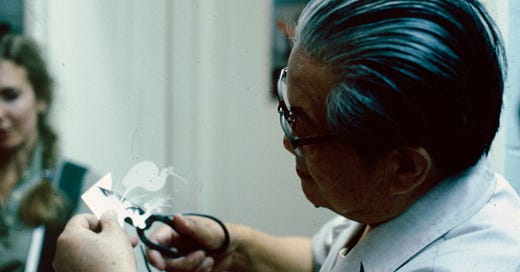



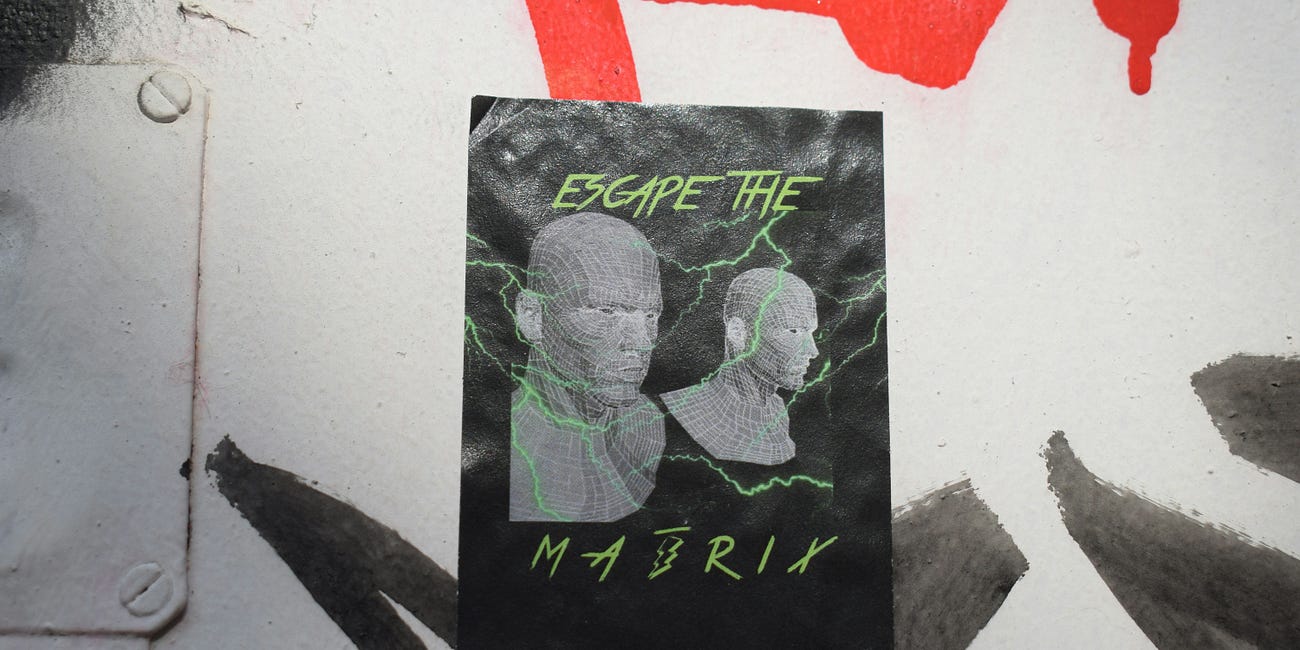


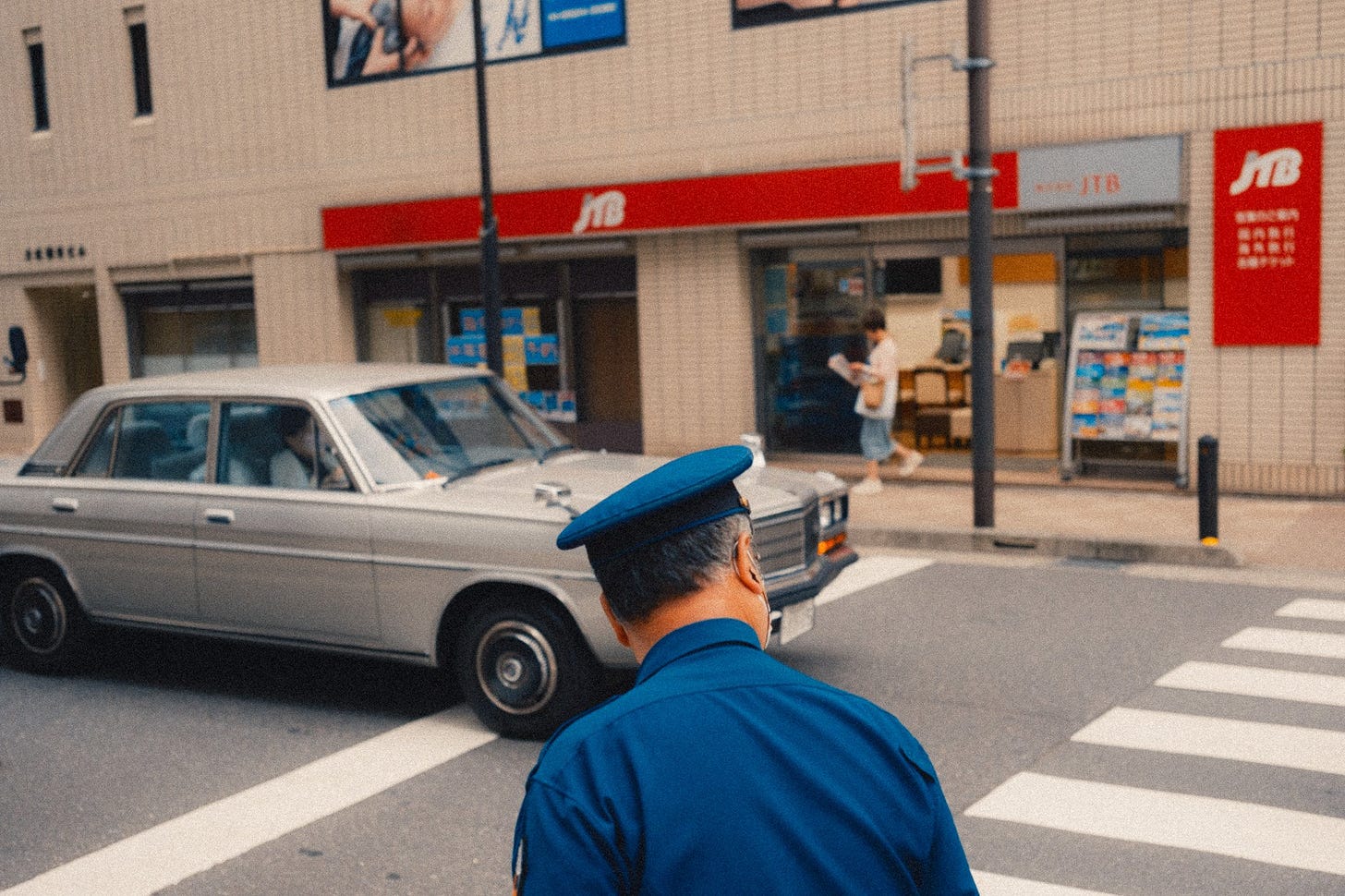
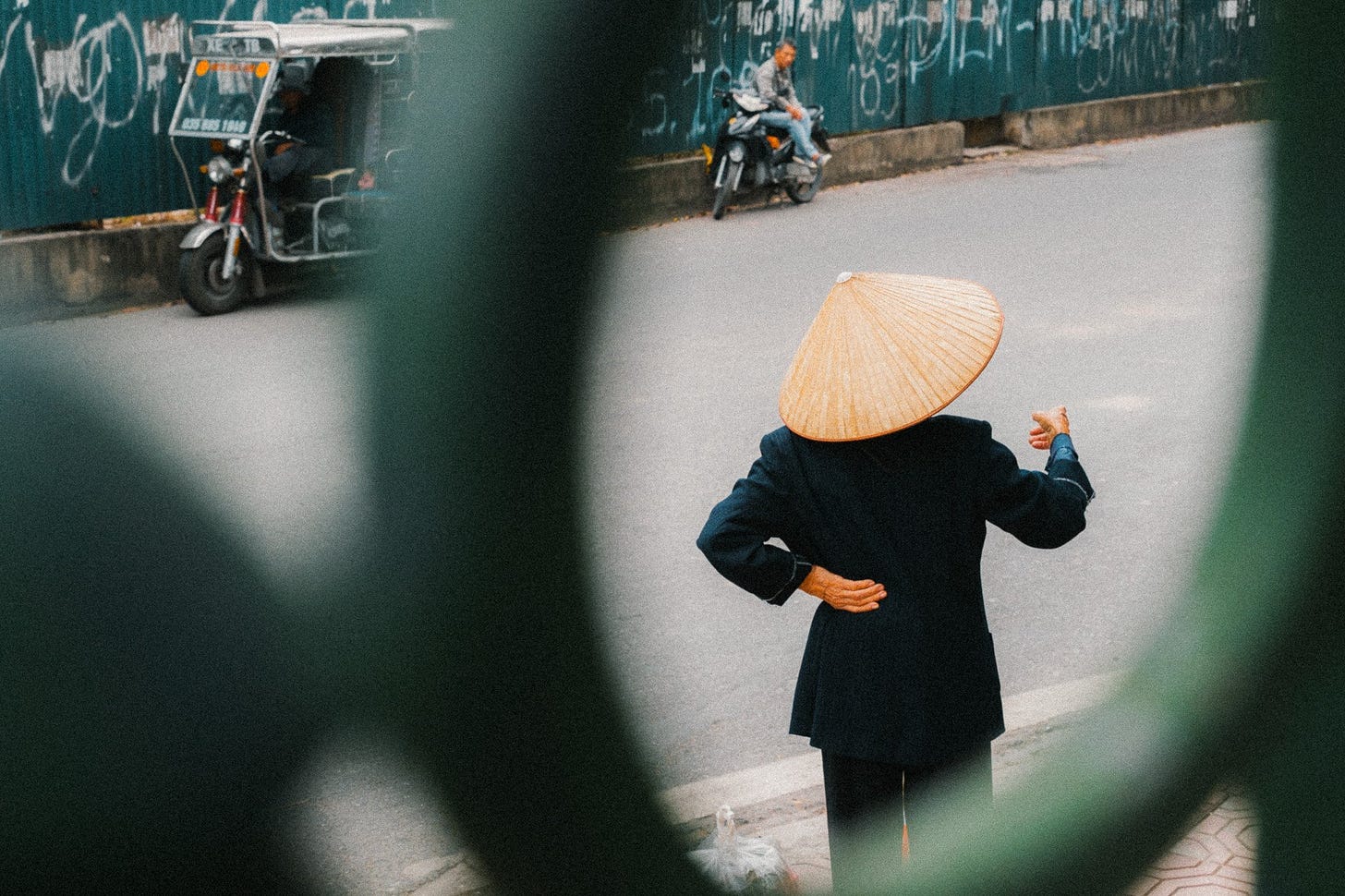
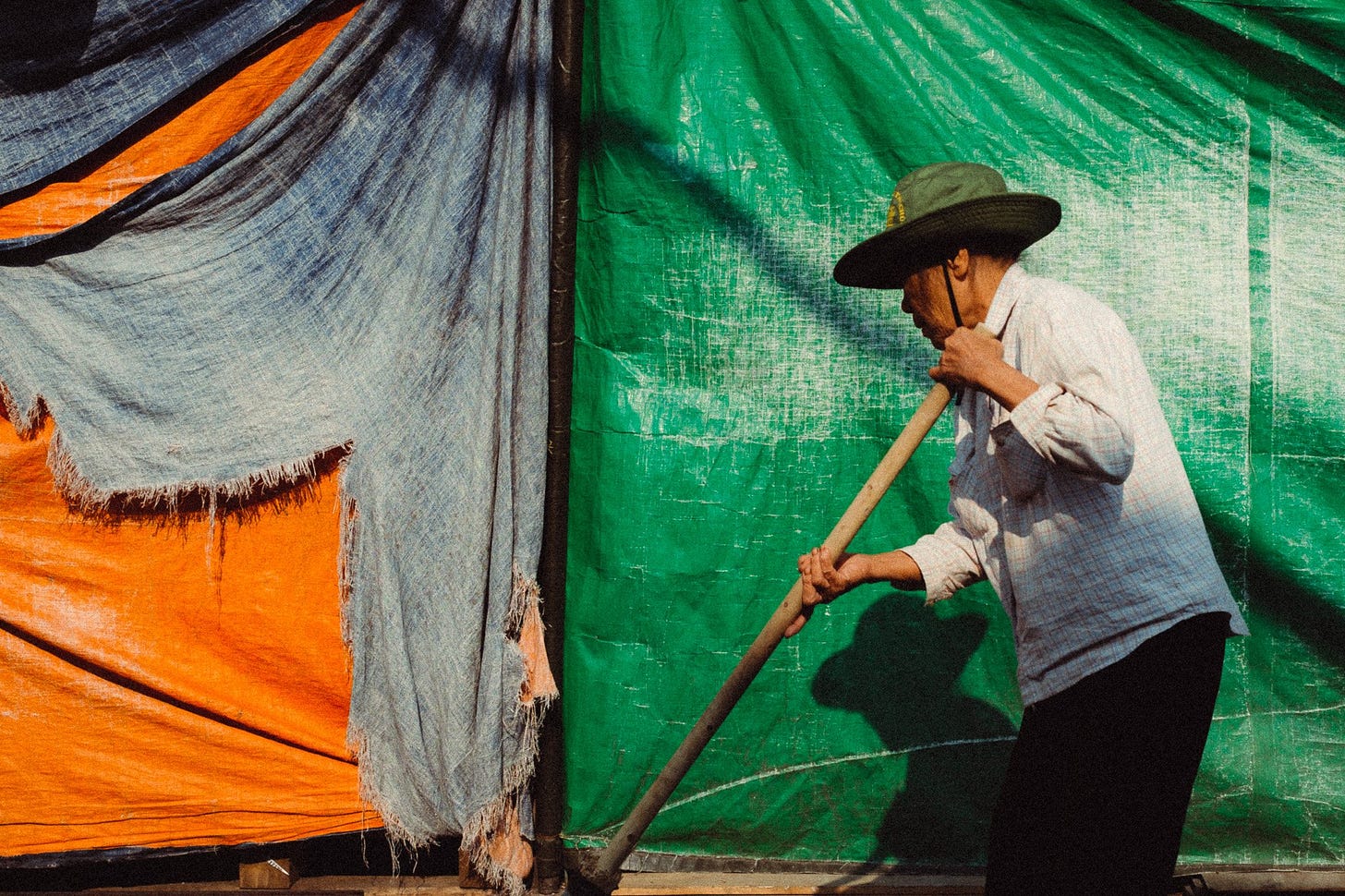
Yes Tay! Big love for the citation - but also, such an apt citation. As you've mapped out, the fates of film and music are so eerily similar. Which is super ironic because we're in a new, emergent golden age of film scoring and cinematic sound design right now (something we should write about together, btw)
Excited for the luz films drops cause we luv films man.